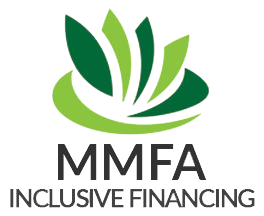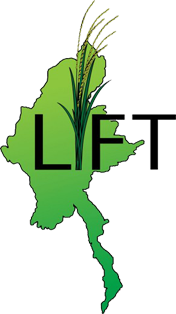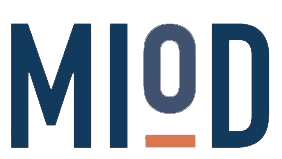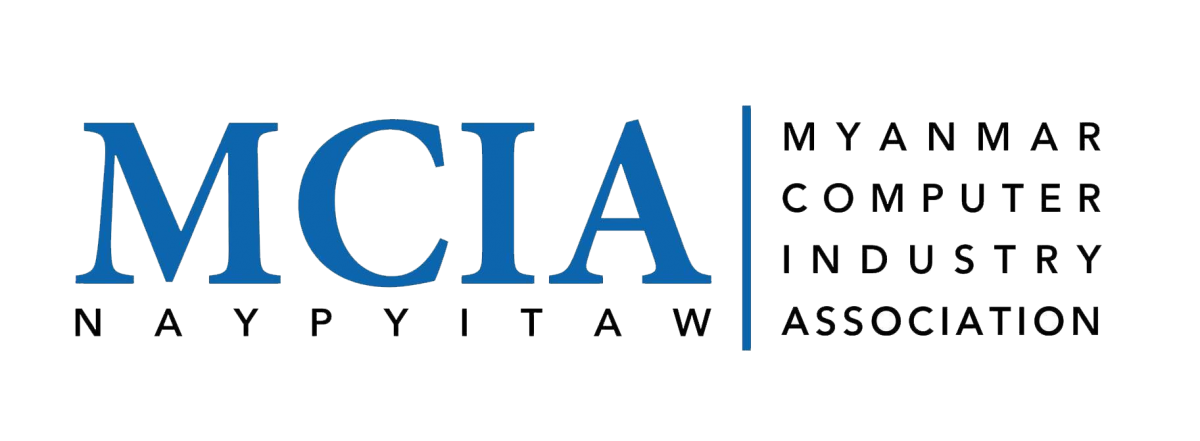According to the Myanmar Finscope study, 70% of the adult population is financially excluded or only informally served. Only 6% of the population use more than one financial product and only 5% of adults have a bank account.

Microfinance Sector Update(2019-2021)
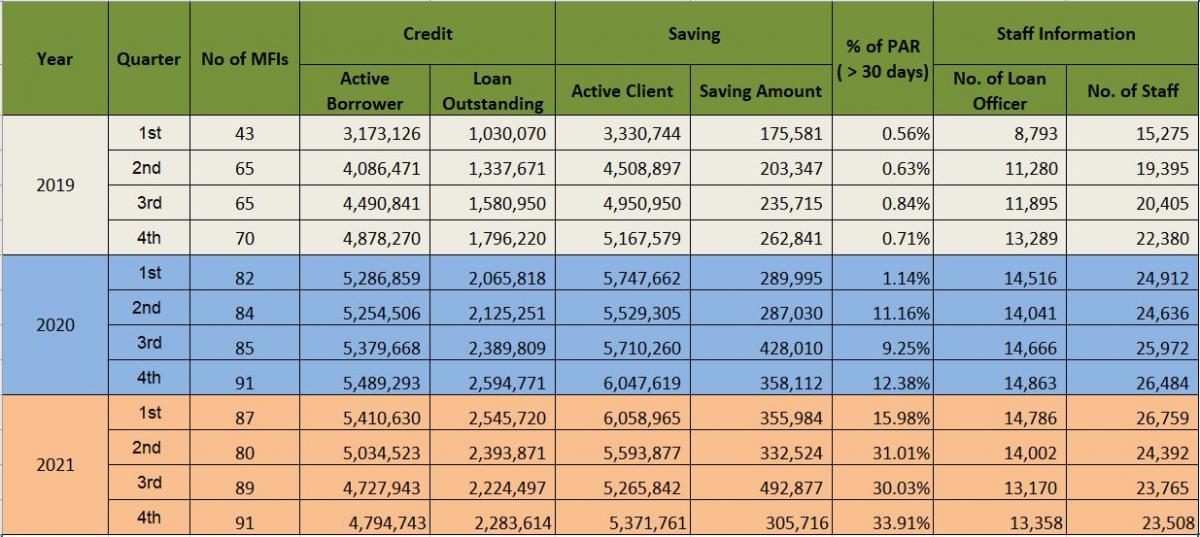
Microfinance Sector Update(2022-2023)

Microfinance in Myanmar has increasingly grown over the past few years to become an important sector of financial service providers targeting low income population excluded from the regular financial system. The Government gives an important role to it and more comprehensibly to Inclusive Finance as a means to reduce poverty.
The microfinance law was enacted in November 2011 and issued by the former Microfinance Supervisory Enterprise (MMSE), currently the Financial Regulatory Department (FRD), under the Ministry of Finance. Over 200 licenses were provided to institutions whose credit activity represented more than 30% of the assets. Local MFIs emerged to compete with international MFIs operated by INGOs already established in the country.
In 2016 FRD issued several new directives to improve the environment for commercial microfinance after the Myanmar Microfinance Association submitted a policy reform paper with recommendations. The reform to the law included directives such as:
- The possibility for MFIs to carry out microfinance activities in rural and urban areas based on their business models. Before 2016 reforms, MFIs had to have at least 50% of their loan portfolio and members in rural areas.
- The possibility to provide Saving products/services by applying to an official Deposit taking license issued by the Microfinance Supervisory Committee Notification. So far only 6 MFIs have the DTMFI licence.
- Compulsory savings may not exceed 5 % of the size of a loan received.
- Microfinance institutions are permitted to borrow from local and foreign financial intuitions.
- Collateral is still not allowed.
- The maximum loan amount was raised to 10 million Kyats[1].
Latest figures of the sector (in MMK millions) [2]
Today approximately 170 MFIs operate in Myanmar, serving more than 2 million clients, and have a total loan portfolio of approximately $350 million. The sector includes several international non-government organizations (NGOs) and commercial MFIs, financial cooperatives that have re-licensed as MFIs, several local NGOs that provide microfinance, and local commercial MFIs [3].

The sector is dominated by big international MFIs such as PGMF, Vision Fund, Sathapana and Dawn Microfinance (4 biggest MFIs in terms of portfolio and clients). According to consolidated data from FRD and ADB, MFIs can be divided into 3 peer groups [4]:
Peer Group 1 (Assets > 10 Billion MMK)
- Now 18 MFIs with 81% of all assets
- Solvency Ratio = 52%, ROA = 2.34%, Cost to Income = 59%
Peer Group 2 (Assets between 1 Billion and 10 Billion MMK)
- 38 MFIs with 16% of all assets
- Solvency Ratio = 67%, ROA = 1.06%, Cost to Income = 103%
Peer Group 3 (Assets less than 1 Billion MMK)
- 107 MFIs with 3% of all assets
- Solvency Ratio = 84%, ROA = 0.47%, Cost to Income = 92
Current Challenges and trends
Investment climate in Myanmar is still evolving. Microfinance institutions are permitted to borrow from local and foreign financial institutions, but have often struggled to raise funds. Central Bank approval is mandatory for foreign lenders and the process can take more than 2 months. Foreign loans have a cap of 13% interest rate in local. MFX has been working with Livelihoods and Food Security Trust Fund (LIFT) to provide local currency hedging service. Other subsidies are being offered so that investors can achieve more realistic rates of return.
Currently there is no Credit Bureau in Myanmar and very limited availability of microfinance market data. Non-Performing Loans are “estimated” to be very low, however having no visibility on defaulting clients could be one degrading scenario. A few specific areas, mainly in Yangon, are showing signs of potential saturation. A pilot cross data analysis of clients from 5 MFIs in 2 townships shows increasing overlapping of clients. Overlapping clients for each MFI of the pilot sample in a selected branch ranged from 27% up to 58%.
The regulatory environment is improving but remains weak and constraining to the market (capital constraints, insufficient products and services allowed, interest rate cap at 30%, etc.) and there is a need of building capacity not only at the level of MFIs but also of the regulator as there is limited technical and supervisory capacity (national, regional).
[1] 1 € = 1640 Kyat – Feb 2018
[2] FRD / USAID-PSDA MFI Sector Status Report
[3] ADB, Dave Grace, Myanmar Microfinance Regulatory Benchmarking Survey, 2016
[4] FRD / ADB Dave Grace

